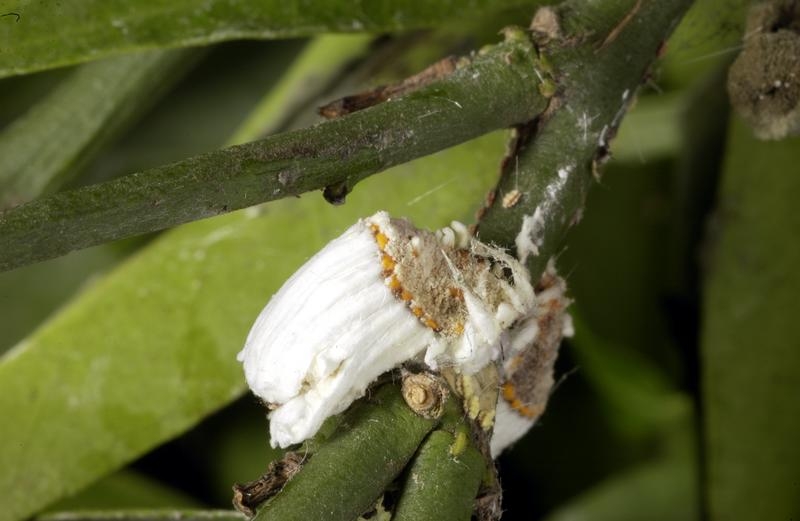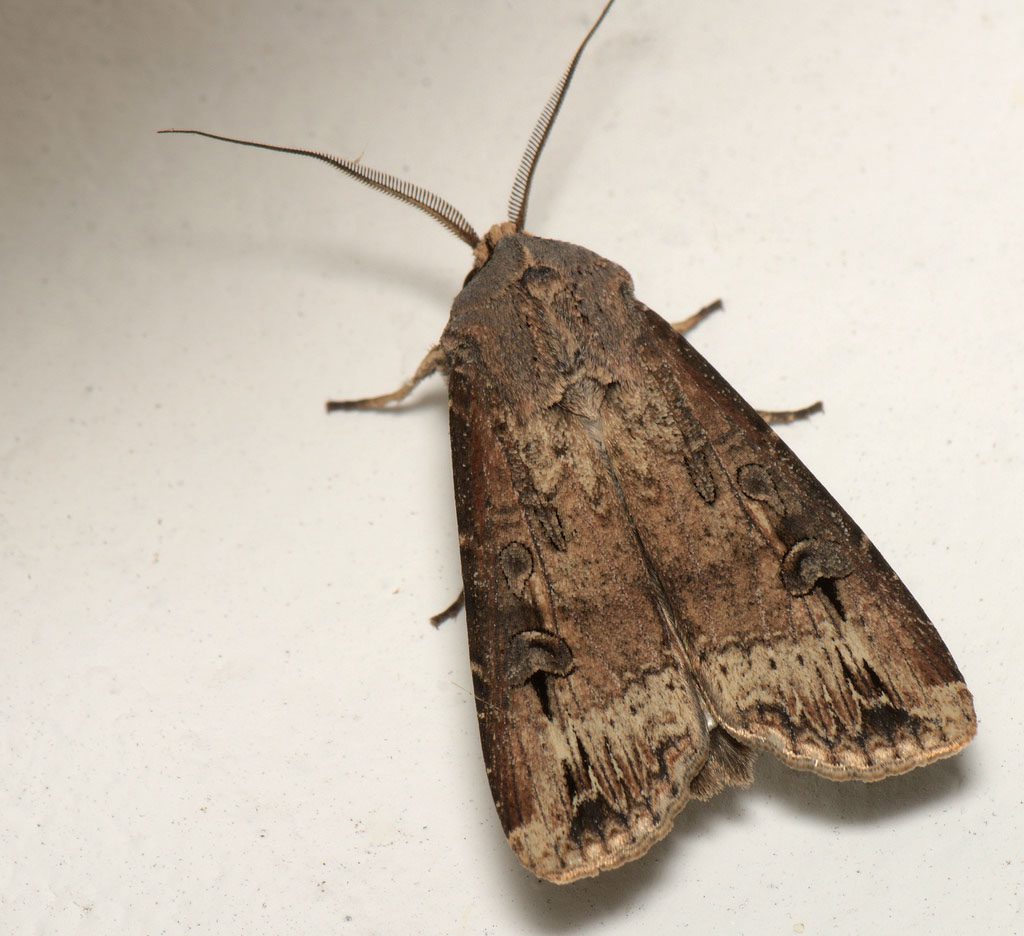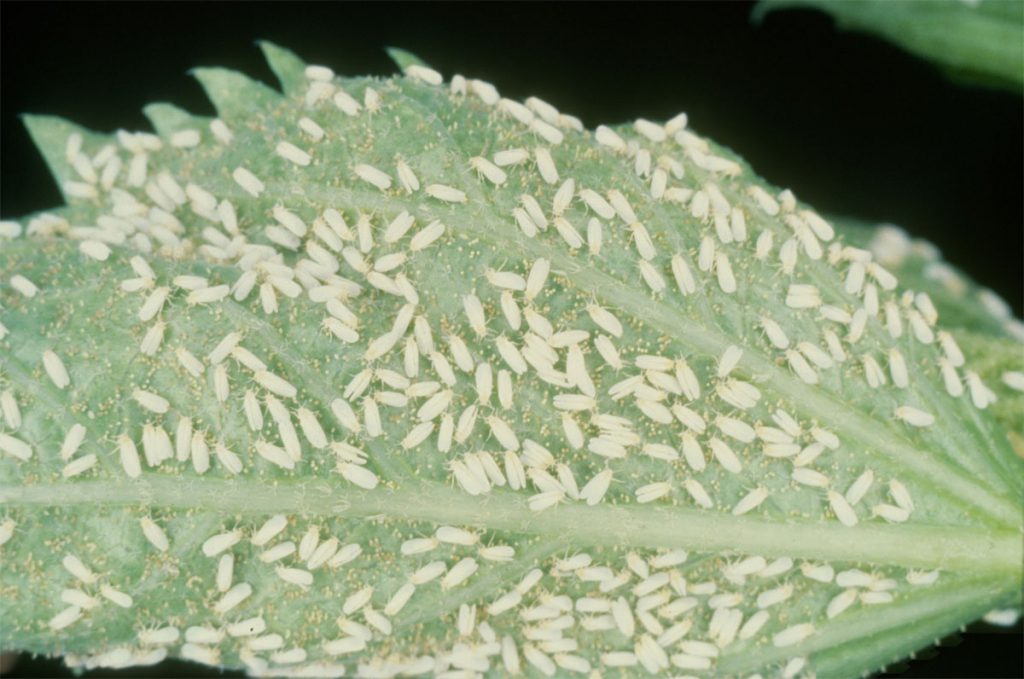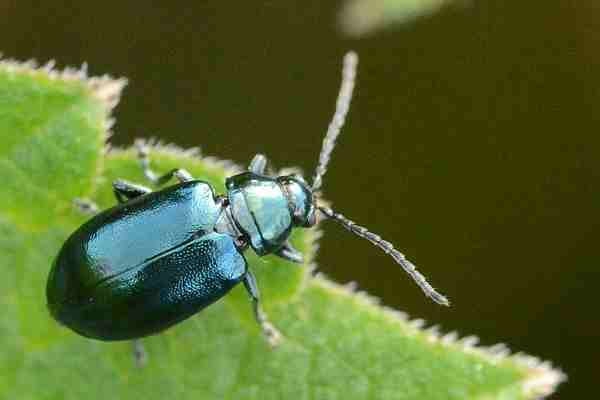Citrus mealybug is a very widespread coccoid that infects many types of plants, such as grapevine, citrus, tomato, potato, cucurbits, etc. Secondarily, it also attacks stored potatoes, sweet potatoes and other succulent fruits.
Scientific name: Planococcus citri
Greek name: Βαμβακάδα, Ψευδόκοκκος, Ψευδόκοκκος των εσπεριδοειδών
Damage
Citrus mealybug infects all plant parts and covers them with cotton-like waxy filaments. The fruits suffer a significant deterioration in their commercial value due to the various exudates of the insect and the abundant sugary honeydew substance it secretes. It weakens the plants by sap sucking and in addition causes the development of sooty mold in its sugary honeydew secretions. In citrus trees it may also cause small fruits to drop.
Enemy
The adult female has an ovoid body, is small (2.5-5mm) and its body is covered with a white waxy coating. The male is smaller and has a brownish yellow or reddish brown colour. The larva is light brown in colour at first and eventually takes on the colour of the adult female.
The pseudococcus has 3-4 generations per year and overwinters as an egg, nymph or as a larva under the bark on the trunk or roots or in other sheltered places. In spring the insect becomes active and the females lay eggs and attack young vegetation. They generally prefer moist and shady places, and dry weather is not favourable.
Treatment
Early control of the first generation is of particular importance to prevent a large population increase. Spraying at the peak of hatching (end of May-early June) is recommended, usually before the calyx (‘star’) is ‘stuck’ to the carpel with suitable insecticides. When the first spray is done promptly and properly, a second spray in late August-September is usually sufficient to keep the trees clean. Also recommended as part of the integrated control is the vaporization of the parasitoid Leptomastix dactylopii and the predator Cryptolaemus montrouzieri. In heavily infested trees, pruning to thin the foliage is recommended.
Source
www.cropscience.bayer.gr
Planococcus citri
Planococcus citri (citrus mealybug) – CABI
Tags: CITRUS MEALBUG • PLANTS ENEMY





